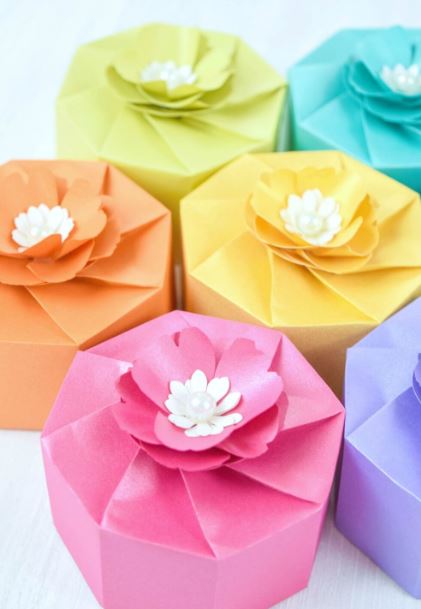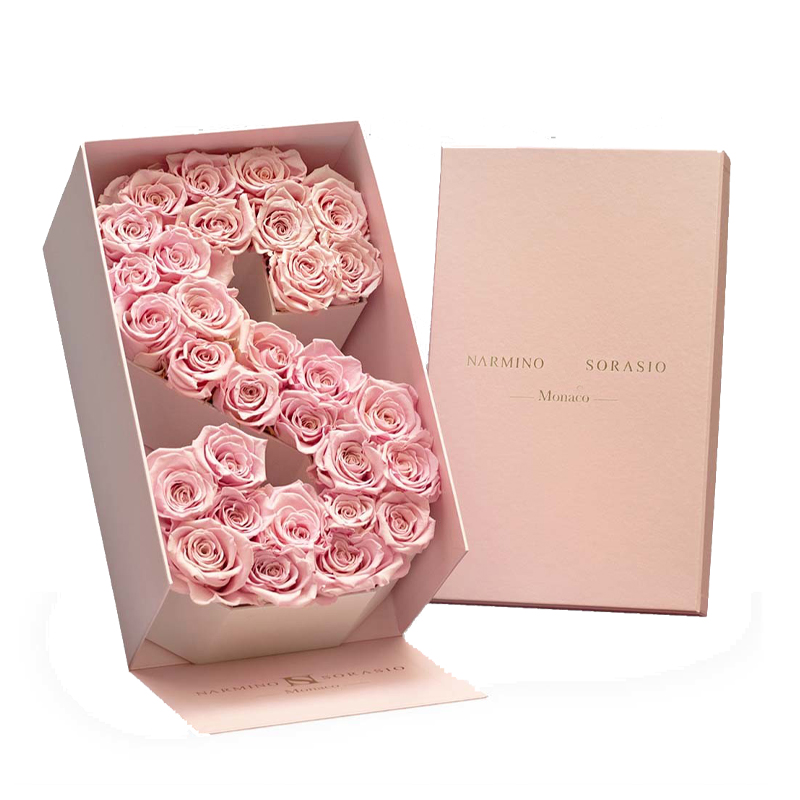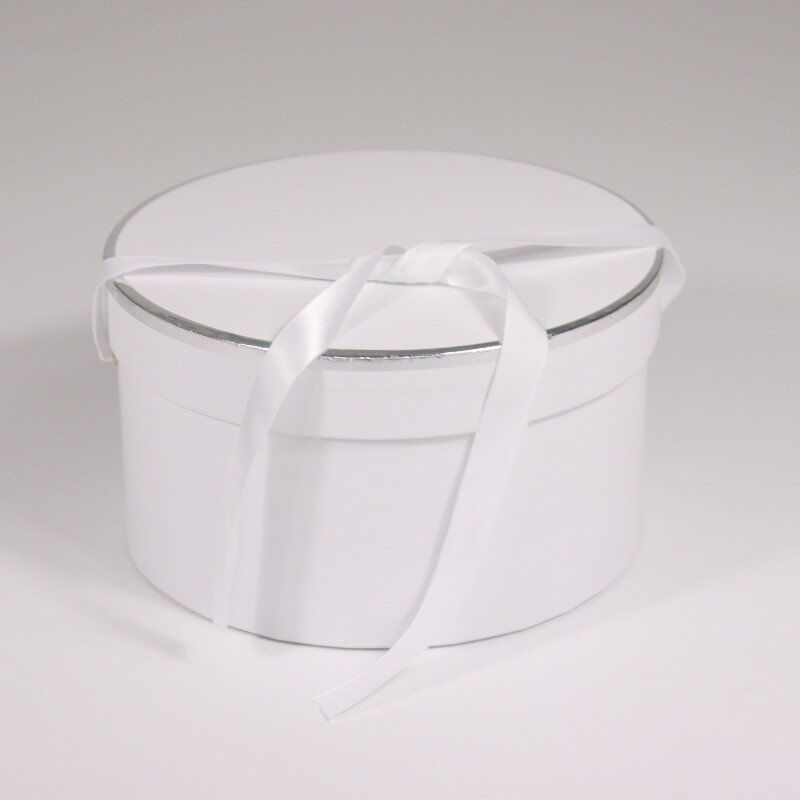- All
- Product Name
- Product Keyword
- Product Model
- Product Summary
- Product Description
- Multi Field Search
Views: 198 Author: XianDa Publish Time: 2024-12-18 Origin: Site

Content Menu
● How to Build a Window Flower Box
● Choosing Materials for Your Window Flower Box
>> Wood
>> PVC
>> Metal
● Step-by-Step Guide to Building Your Window Flower Box
>> Step 1: Measure Your Window
● Planting Your Window Flower Box
● Creative Ideas for Window Flower Boxes
● Maintaining Your Window Flower Box
● Incorporating Window Boxes into Your Home's Design
● The Connection Between Window Boxes and Medicine Paper Box Factories
Window flower boxes are a charming addition to any home, adding color and life to your exterior while also providing a convenient space for growing herbs and small plants. In this comprehensive guide, we'll walk you through the process of building your own window flower box, from selecting materials to planting your favorite flowers. We'll also explore some creative ideas for incorporating window boxes into your home's design.
Before you begin building, it's important to select the right materials for your project. While traditional window boxes were often made of wood, modern options include more durable and low-maintenance materials.

Cedar and redwood are popular choices for wooden window boxes due to their natural resistance to rot and insects. However, they will require regular maintenance and eventual replacement. Pine is another option, but it needs to be treated with a water-resistant sealant to prevent decay.
PVC is a lightweight, durable, and low-maintenance option for window boxes. It can be painted to match your home's exterior and won't rot or warp over time. PVC boxes are also resistant to UV rays, making them ideal for sunny locations.
Composite materials offer the look of wood with improved durability and less maintenance. They're resistant to rot, insects, and weathering. These materials are often made from recycled plastics and wood fibers, making them an eco-friendly choice.
Metal window boxes, such as those made from copper or galvanized steel, can add a sophisticated touch to your home's exterior. They're durable and long-lasting but may require special care to prevent rust or tarnishing.
Gather the following tools and supplies before you begin:
- Measuring tape
- Saw (circular or miter saw)
- Drill and drill bits
- Screwdriver
- Wood glue (if using wood)
- Screws
- Sandpaper
- Paint or stain (optional)
- L-brackets for mounting
- Landscape fabric
- Potting soil
- Plants of your choice
- Safety goggles and work gloves
- Level
- Pencil for marking
Measure the width of your window to determine the length of your flower box. Typically, window boxes are made slightly shorter than the window width for a balanced look. Consider the depth and height of the box as well, ensuring it's proportional to your window size.
Cut your chosen material to size:
- Two long pieces for the front and back
- Two shorter pieces for the sides
- One piece for the bottom
If using wood, consider adding a slight slope to the bottom piece to facilitate drainage.
1. Apply wood glue to the edges of the side pieces (if using wood).
2. Attach the side pieces to the front and back pieces using screws.
3. Attach the bottom piece, pre-drilling holes for drainage.
4. If desired, add decorative trim or molding to enhance the box's appearance.
If using wood, sand the box smooth and apply your chosen finish (paint or stain). For other materials, follow manufacturer recommendations for surface preparation and finishing.

Attach L-brackets to the back of the box and mount it securely to your house beneath the window. Ensure the box is level and properly supported to bear the weight of soil and plants.
Now that your window box is built and mounted, it's time for the fun part – planting!
1. Line the box with landscape fabric to prevent soil from escaping through drainage holes.
2. Fill the box with high-quality potting soil, leaving about an inch of space at the top.
3. Choose a variety of plants that suit your climate and the box's sun exposure.
4. Arrange taller plants in the back, trailing plants in the front, and fill in with colorful annuals.
5. Consider the "thriller, filler, spiller" approach: use a tall, eye-catching plant as the thriller, surround it with fuller plants as fillers, and add trailing plants to spill over the edges.
1. Herb Garden: Plant a variety of culinary herbs for easy access while cooking. Basil, thyme, rosemary, and parsley are excellent choices.
2. Seasonal Displays: Change out plants seasonally for year-round interest. Use pansies and bulbs in spring, colorful annuals in summer, mums and ornamental kale in fall, and evergreen branches with berries in winter.
3. Succulent Garden: Create a low-maintenance display with drought-tolerant succulents. Mix different textures and colors for visual interest.
4. Butterfly Garden: Choose plants that attract butterflies and other pollinators, such as lantana, zinnia, and butterfly bush.
5. Edible Garden: Grow small vegetables like cherry tomatoes, lettuce, and peppers alongside edible flowers like nasturtiums.
6. Shade-Loving Display: For north-facing windows, use shade-tolerant plants like impatiens, coleus, and ferns.
7. Monochromatic Theme: Create a sophisticated look by using plants of varying textures in a single color scheme.
Regular maintenance will keep your window box looking its best:
- Water frequently, especially during hot weather. Check soil moisture daily during peak growing seasons.
- Fertilize plants every few weeks during the growing season with a balanced, water-soluble fertilizer.
- Deadhead flowers to encourage continuous blooming and prevent seed formation.
- Replace annuals as needed and prune perennials to maintain shape and prevent overcrowding.
- Monitor for pests and diseases, addressing any issues promptly to prevent spread.
- Clean the box exterior periodically to maintain its appearance.

Window boxes can enhance your home's curb appeal and complement its architectural style. Consider these design tips:
- Match the box color to your home's trim or choose a contrasting color for a pop of interest.
- Use multiple boxes across the front of your home for a cohesive look.
- Coordinate plant colors with your home's exterior palette.
- Consider the style of your home when choosing box designs. For example, use ornate boxes for Victorian homes or sleek, modern designs for contemporary architecture.
- Illuminate your window boxes with small LED lights for nighttime appeal.
- Use window boxes to frame entryways or highlight specific architectural features.
While window flower boxes and medicine paper boxes may seem unrelated, there are some interesting parallels to consider. Both require careful design and construction to serve their purposes effectively. Just as a well-built window box protects and showcases plants, a high-quality medicine paper box from a reputable medicine paper box factory ensures the safe storage and presentation of pharmaceutical products.
Medicine paper box factories, like window box builders, must pay close attention to materials, construction techniques, and design elements to create products that are both functional and aesthetically pleasing. The precision and care that goes into crafting a sturdy window box is similar to the attention to detail required in producing pharmaceutical packaging.
Moreover, just as window boxes can be customized to match a home's style, medicine paper boxes can be tailored to reflect a brand's identity and meet specific product requirements. A medicine paper box factory might offer various sizes, shapes, and printing options to accommodate different types of medications and branding needs.

In both cases, the end goal is to create a container that not only serves its primary function but also enhances the overall presentation of its contents. Whether it's beautiful flowers in a window box or essential medications in a paper box, the packaging plays a crucial role in protecting and showcasing the product within.
The medicine paper box factory industry, like the trend of DIY window boxes, has seen significant growth and innovation in recent years. As consumers become more environmentally conscious, many medicine paper box factories are exploring sustainable materials and production methods, mirroring the shift towards eco-friendly gardening practices in window box cultivation.
Furthermore, the attention to detail in designing secure and tamper-evident packaging for medicines is comparable to the consideration given to creating weather-resistant and durable window boxes. Both require a balance of functionality and aesthetics to meet consumer needs and regulatory standards.
Building a window flower box is a rewarding DIY project that can significantly enhance your home's exterior. By following these steps and tips, you can create a beautiful and functional addition to your windows that will provide years of enjoyment. Remember to choose appropriate plants for your climate and maintain your window box regularly for the best results. Whether you're a seasoned gardener or a beginner, window boxes offer a versatile and accessible way to bring nature closer to your living space.
As you embark on your window box project, consider the craftsmanship that goes into creating these small gardens. Much like the precision required in a medicine paper box factory, building a window box demands attention to detail, quality materials, and thoughtful design. The result is a product that not only serves its purpose but also adds beauty and value to its surroundings.
1. Q: How deep should a window flower box be?
A: A window flower box should typically be 8-12 inches deep to provide adequate space for plant roots and soil.
2. Q: Can I use a window box on a rental property?
A: Yes, but check with your landlord first. Consider using removable mounting brackets or freestanding boxes that sit on the windowsill.
3. Q: How often should I water plants in a window box?
A: Watering frequency depends on the plants and climate, but generally, window boxes may need watering daily during hot weather.
4. Q: Can I grow vegetables in a window box?
A: Yes, many small vegetables and herbs grow well in window boxes, such as lettuce, cherry tomatoes, and various herbs.
5. Q: How do I winterize my window flower box?
A: Remove annual plants, insulate perennial roots with mulch, and consider covering the box with burlap in harsh climates.